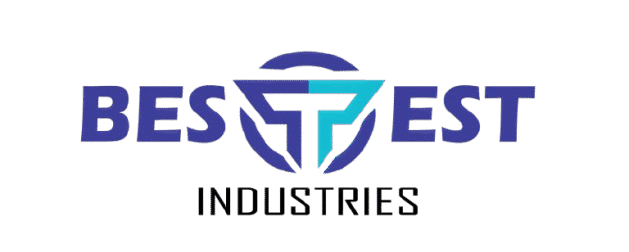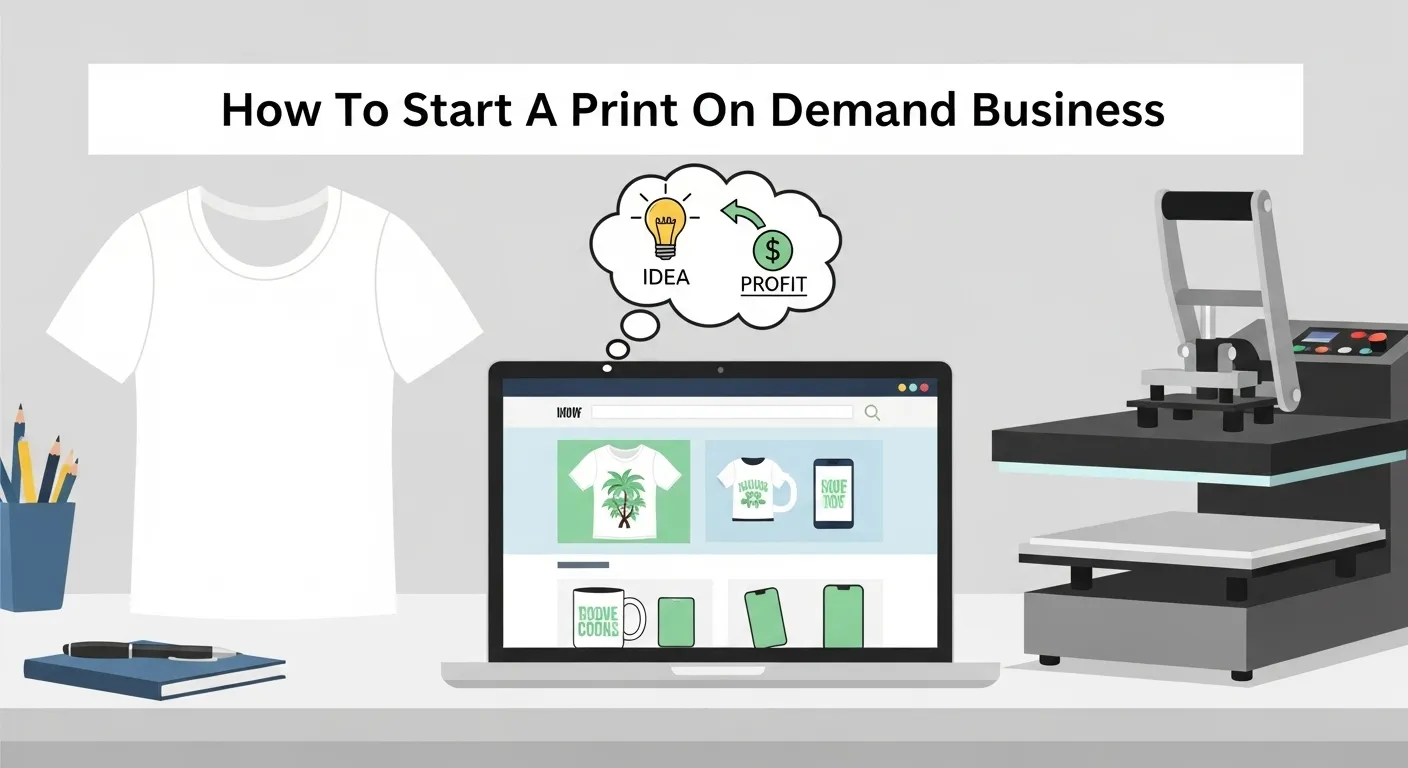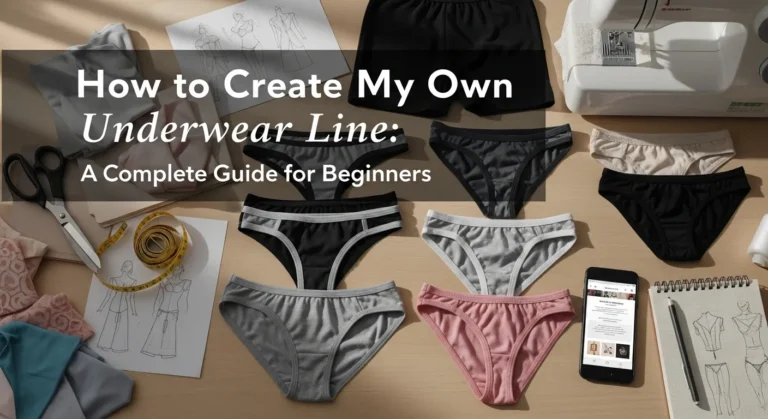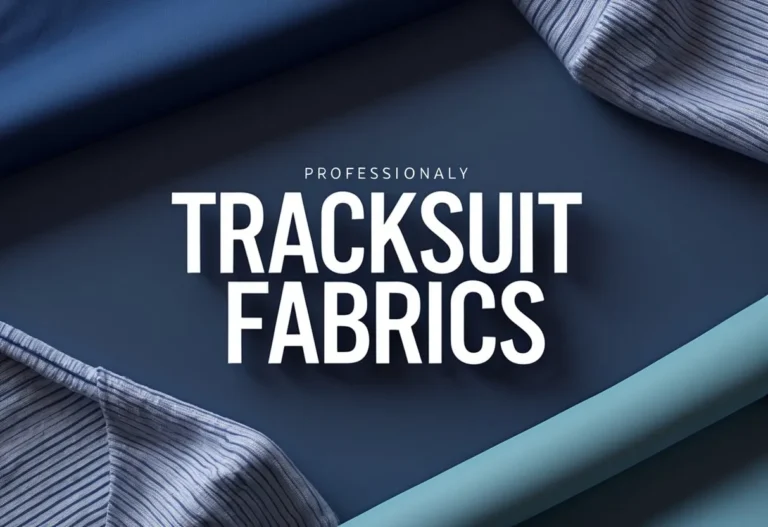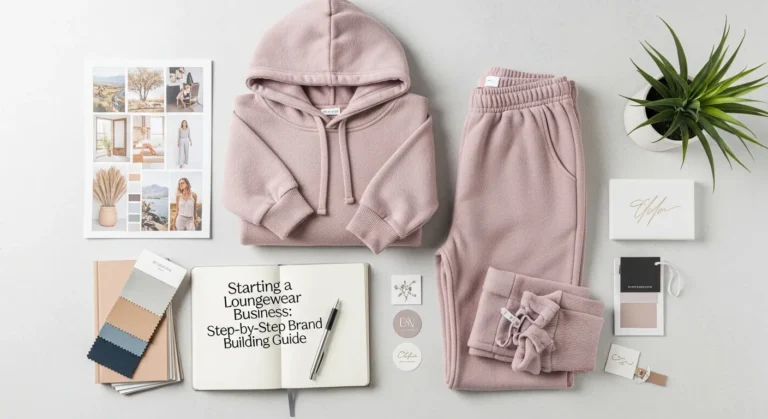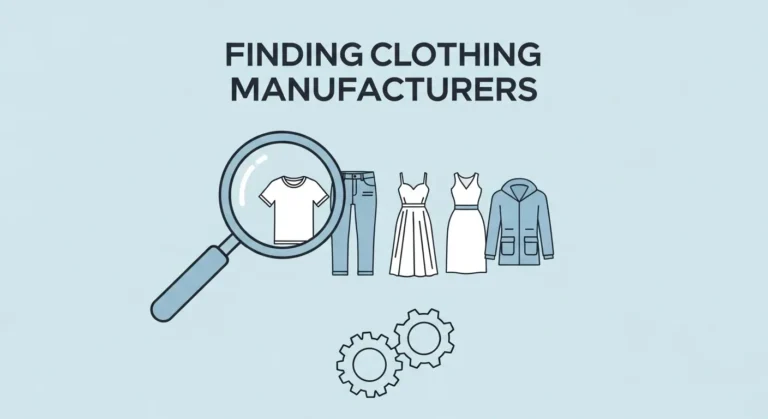How To Start A Print On Demand Business: Easy Guide
Starting a print-on-demand business lets anyone sell custom products without keeping or paying for inventory upfront. It means when someone buys an item, a third party prints it and ships it directly to the customer, so the business owner doesn’t handle stock or shipping. This makes it easy and low risk for people who want to start their own shop.

Anyone can choose what products to sell, from t-shirts and mugs to phone cases, and add unique designs. They just need to pick a niche, create or get designs made, and set up an online store where people can buy their products.
This business model works well because it saves money on storage and lets sellers reach customers worldwide. With the right choices in products, prices, and promotion, it can grow from a small side hustle into a real store.
Key Takeways
- Choosing a clear niche and good products helps reach the right customers.
- Setting up an easy-to-use online store boosts sales and customer trust.
- Finding a reliable print-on-demand supplier ensures good product quality and fast delivery.
What Is Print On Demand?

Print on demand lets entrepreneurs sell custom products without keeping any stock. It uses a simple system where items are made only after someone buys them. This helps reduce risks and upfront costs for people starting a print-on-demand business.
How The Print-On-Demand Model Works
In the print-on-demand model, a seller creates designs for products like t-shirts, mugs, or bags. When a customer places an order, a third-party printer makes the product and ships it directly to the buyer.
This means the seller does not have to buy or store any inventory before selling. The production happens only after a sale is made. The print-on-demand platform takes care of printing, packing, and shipping tasks.
Because of this setup, entrepreneurs spend less money to start and lower the risk of unsold products. They can focus more on designing and marketing their products instead of managing stock or delivery.
Print-On-Demand vs. Traditional Businesses
Traditional businesses often require buying large amounts of products upfront and storing them in a warehouse. This leads to higher costs and potential losses if items don’t sell. Print-on-demand businesses avoid this by making products only after customers order.
Also, print-on-demand allows entrepreneurs to test many designs without much risk. If one product doesn’t sell well, they can try new ideas quickly. In traditional models, changing products requires more time and money.
Print-on-demand is a good option for sellers who want to start small and grow their business without heavy investments in inventory or storage.
Choosing Your Niche And Audience

Picking the right niche and audience is important to sell print-on-demand products that people actually want. It helps focus efforts on a specific group, making marketing easier and increasing chances for success. Understanding who the customers are and what they need guides product choices and design ideas.
Finding Your Target Audience
Finding the target audience means figuring out who will buy the products. This group could be based on age, hobbies, interests, or jobs. For example, t-shirts for dog lovers or mugs for gamers.
To discover the audience, use tools like Google Trends to see what topics are popular. Social media and forums also show what people talk about. When a business knows who its customers are, it can tailor products and ads to match their style and needs.
Researching Profitable Niches
Not every niche will make money. To find a profitable one, research is needed. Use keyword research tools like SEMrush or Ahrefs to check how many people search for related products. High search volume with moderate competition is good.
Check existing stores and marketplaces like Etsy to see what sells well. Look for gaps — products people want but are not widely available. Profitable niches often focus on specific groups with clear interests, not just broad markets.
Validating Your Niche
Before fully investing, it’s smart to validate the niche. This means testing if people are willing to buy. One way is to create a few sample designs and promote them on social media or through ads.
Tracking engagement and sales shows if the niche works. You can also ask potential customers for feedback. Validating saves time and money, avoiding niches that look good but don’t sell.
Deciding What Products To Sell

Choosing the right products is key to making a print-on-demand business work. The focus should be on items that customers want, fit the brand, and are easy to customize. Offering a good variety can attract more buyers without making the store look crowded.
Best Products For Print On Demand
T-shirts and hoodies are the top sellers because they are popular, easy to design, and fit all ages. Mugs and tote bags also sell well since they make great gifts. Phone cases are good for people who like to show off personal style.
Leggings and other apparel like tank tops or sweatshirts can attract a specific crowd, especially if the designs match a hobby or interest. It’s important to check what the print provider offers since not all have the same products or printing methods like screen printing.
Creating A Product Range
He or she should start with a small range of popular items like t-shirts, mugs, and phone cases. This keeps costs and complexity low. Adding more products like leggings or totes can follow once the store grows.
A good product catalog balances types of items—clothing, accessories, and home goods—to reach different shoppers. Using data from social media or sales can help decide which products to add or remove. This makes sure that the product range always meets what customers want.
Designing Your Products

Creating good designs is key to making print-on-demand products that customers want. Whether using tools, hiring designers, or focusing on print quality, clear and simple designs help sell more and look better.
Using Design Tools
Many beginners use online tools to create designs. Apps like Canva offer easy drag-and-drop features, free clipart, and fonts suitable for simple and effective designs. For more control, Adobe Illustrator and Photoshop help create detailed, professional artwork.
AI tools can also assist by generating design ideas or enhancing images quickly. They save time, especially for those new to graphic design.
Designers should always check their files for the right size and resolution before uploading. Tools often provide templates sized exactly for t-shirts, mugs, or other products, making this process easier.
Hiring Freelance Designers
For those who need custom or professional designs, hiring freelancers is a good choice. Platforms like Fiverr and Upwork offer access to many freelance designers with different skill levels and prices.
When choosing a freelancer, it’s important to review their portfolio and reviews carefully. Clear communication about ideas, deadlines, and budget helps avoid problems.
Freelance designers can create unique artwork that fits a brand’s style and improve the chances of standing out in a crowded market.
Design Tips For Print Quality
Print quality depends on the design file and printer limits. Designs should be created at a minimum of 300 DPI (dots per inch). Lower resolution images may look blurry or pixelated when printed.
Color mode matters. Designers should use CMYK color mode for print files because it matches printer colors better than RGB, which is meant for screens.
Simple, bold designs with clean lines usually print better. Avoid tiny text or very thin details because they can get lost or smudge during printing.
Ordering samples to check how designs look on actual products is a smart step before selling to customers.
Setting Up Your Online Store

Starting a print-on-demand business means creating an online place where customers can find and buy products. To do this, choosing the right tools, listing products carefully, and making the store look trustworthy are very important steps.
Choosing Ecommerce Platforms
He or she needs to pick an ecommerce platform to build their print-on-demand store. Popular options include Shopify, WooCommerce, and BigCommerce. Shopify is easy to use and has many features ready to go, including payment and shipping settings.
WooCommerce works as a plugin for WordPress sites, offering more control but needing some technical skills. BigCommerce is good for scaling businesses with many products.
Selling on online marketplaces like Etsy or Amazon is also possible. These platforms bring their own customers but take fees and offer less branding control.
The best choice depends on budget, technical skill, and long-term plans. Many platforms connect directly to print-on-demand services for easy product syncing and order management.
Listing Products And Product Titles
Listing products means adding clear product details and good titles. The product title should be simple, descriptive, and include key words customers might use to search.
For example, instead of just “T-shirt,” write “Blue Cotton Fitness T-shirt for Men.” This helps products show up in search results on the platform and on search engines.
He or she should include product descriptions that explain what the item is, the materials, size options, and any special features. Photos should be clear and high quality.
Organizing products into collections or categories based on the niche makes shopping easier. Using keywords in titles and descriptions improves how customers find the store online.
Branding And Landing Page Basics
Branding makes the store look professional and builds trust with customers. This includes a shop name, logo, color scheme, and font style that fit the products and audience.
The landing page is the first page visitors see. It should welcome customers and highlight important products or offers. A clear call-to-action (like “Shop Now”) helps guide visitors to start buying.
He or she should include easy navigation menus, contact information, and trust signals such as customer reviews or secure payment icons.
Good branding across the store and social media channels helps customers remember the shop and encourages repeat visits. Simple, clean design is often best for print-on-demand stores.
Selecting A Print-On-Demand Supplier
Choosing the right print-on-demand supplier is a key step for anyone starting this business. It affects product quality, shipping speed, and how much money the business can make.
Comparing Print Providers
When comparing print providers like Printful and Printify, the first things to check are product quality and price. Printful often has higher-quality items but could cost more. Printify offers a wide range of suppliers, which means prices and quality can vary.
It’s important to look at what products each provider offers. Some specialize in clothing, while others do better with home goods or accessories. Also, check if the supplier allows custom branding, which helps make the store look professional.
Good customer service is important too. A supplier that quickly answers questions helps avoid problems. Finally, see if the supplier can connect easily to the seller’s online store platform. This link lets orders be sent automatically, saving time.
Understanding Shipping And Turnaround Time
Shipping cost and speed affect customer satisfaction a lot. Some print-on-demand suppliers are located far away, which can increase shipping rates and cause delays.
Turnaround time means how long it takes from order to delivery. It includes printing, packing, and shipping. For example, Printful usually ships faster because it has fulfillment centers in the U.S. and Europe, while some other providers handle shipping from Asia, which may take longer.
Sellers need to check shipping costs for different areas. Sometimes low product prices are canceled out by high shipping fees. Fast shipping and reliable delivery improve the chance customers will buy again.
Pricing Your Products And Managing Profit

Setting the right price means knowing how much it costs to make the product, deciding how much profit to add, and handling shipping fees smartly. These steps help a business earn money while staying attractive to buyers.
Calculating Cost Of Goods Sold
Cost of Goods Sold (COGS) means all the money spent to make and deliver a product. This includes printing, materials, and shipping fees paid to suppliers. Knowing COGS helps avoid selling products at a loss.
For example, if printing a t-shirt costs $12 and shipping from the supplier is $3, COGS is $15. Other costs like taxes or platform fees should also be added. The total COGS forms the base for setting the selling price.
Setting Profit Margins
Profit margin is how much extra money a seller adds to the COGS to earn profit. A common way is to choose a percentage over cost, like 40%.
For example, if the COGS is $15 and the seller adds 40%, the price becomes $15 ÷ (1 – 0.40) = $25.
Pricing should also consider how much customers will pay and the type of product: lower margins for cheap items, higher margins for premium ones.
Offering Free Shipping
Free shipping can attract more buyers, but the cost must be included somewhere. Usually, the seller adds shipping fees into the product price so buyers see one total number.
For example, if a product costs $20 and shipping costs $5, the seller might list the price as $25 with “free shipping” shown.
Free shipping works best for small or light items where adding shipping cost to price won’t scare buyers away. Some sellers also offer free shipping only on orders above a certain amount to encourage bigger purchases.
Promoting Your Print On Demand Store

A print-on-demand store needs attention to bring visitors and turn them into buyers. To grow your business, a mix of smart online actions is essential. These include creating helpful content, reaching people directly through emails, and using ads to catch the right crowd.
Content Marketing Basics
Content marketing means sharing useful and interesting information that connects with the audience. This can be blog posts, social media updates, or videos about the products or related topics. It helps attract people who might want to buy.
For example, a store selling custom t-shirts can write about fashion tips or the best ways to care for printed clothes. Using the right keywords in posts helps search engines show the store to more people.
Good pictures and clear writing are important. The goal is to make the store look trustworthy and valuable without pushing too hard to sell.
Email Marketing Strategies
Email marketing is a way to talk directly to people who showed interest in the store. Collecting emails through a signup form with a discount or a free gift works well.
Regular emails can share new product launches, sales, or special deals. Keeping messages short, friendly, and useful encourages readers to open them and click through to the store.
A strong subject line is key to get attention. Emails should also include clear buttons or links that lead straight to products. Over time, this builds a list of loyal customers and helps keep sales steady.
Using Google Ads And Social Media
Paid ads on Google and social media platforms like Instagram and TikTok can help find customers fast. Google Ads show your store when people search for related items, targeting the right buyers.
Social media ads offer strong visual options. Showing your product in action or sharing short videos connects with users who enjoy shopping through these platforms. TikTok especially works for younger audiences.
Starting with a small budget to test what ads work best is smart. Track results carefully and adjust ads to get more clicks and sales without spending too much.
Delivering Great Customer Service And Scaling Up
Good customer service helps keep buyers happy and makes them come back. Growing the business means using smart strategies to handle more orders and keep things running smoothly.
Handling Customer Service
Responding quickly and politely to customer questions and problems is very important. Customers want clear information about shipping times, product details, and how the print-on-demand process works.
It helps to offer several ways for customers to contact the business, such as email, social media, and chat. Explaining that products are made after an order is placed prevents confusion.
When a customer has a complaint, the business should listen carefully, apologize, and fix the issue fast. Sending thank you notes or small gifts with orders can also make buyers feel special.
Tips For Scalability And Growth
Scaling a print-on-demand business means handling more sales without losing quality. Automating tasks like order processing and communication can save time.
Finding and focusing on the right audience helps increase sales efficiently. Using tools to track which products sell best and adjusting marketing accordingly is smart.
Adding new products carefully keeps the store fresh but manageable. Offering discounts on bulk orders can attract larger buyers. Overall, investing in good systems and clear customer communication supports steady growth.
Frequently Asked Questions
Starting a print-on-demand business means having a few main things ready. This includes designs, a platform to sell on, and a plan for how to handle orders and shipping. Understanding the costs, best websites, and design tips helps make the process easier.
What do I need to begin selling my designs as printed items?
They need a computer or device to create or upload designs. A seller account on a print-on-demand platform is also required. Lastly, having clear product ideas, like shirts or mugs, is important.
Can you tell me the steps to make my own print on demand shop online?
First, choose a niche or product focus. Next, pick a print-on-demand platform to host the shop. Then, upload designs, set prices, and connect payment options. Finally, launch the store and start marketing.
How much money should I have to start a business that prints and sells products on demand?
Starting costs are low compared to other businesses. Usually, $100 to $300 covers website setup, design tools, and initial marketing. No inventory is needed because products print only when ordered.
What are the best websites to sell my printed designs on things like shirts and mugs?
Popular sites include Printful, Teespring, Redbubble, and Etsy. These platforms handle printing, shipping, and customer service. Choosing one depends on the products and fees.
How do I create designs that people really want to buy on my print on demand products?
Research current trends and popular styles in your chosen niche. Use simple, clear images or messages that catch attention. Testing designs with small groups can help decide what sells.
What should I know about shipping for my print on demand business?
Shipping is managed by the print-on-demand company, so the seller doesn’t pack or ship items. Delivery times vary by location and provider. Knowing shipping costs and policies helps set accurate prices.
